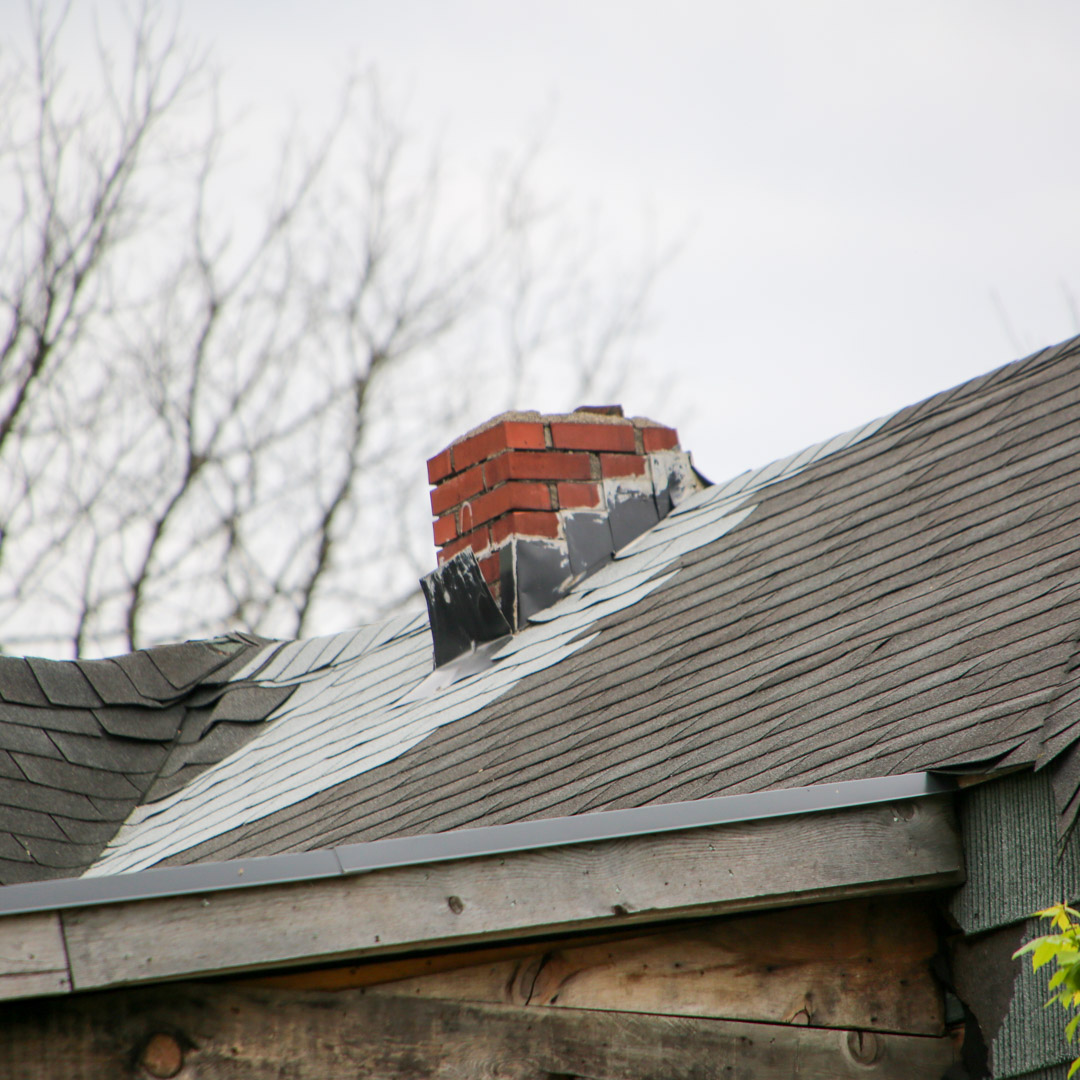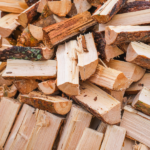 Protect Your Chimney At Its Weakest Point With Professionally Installed Flashing
Protect Your Chimney At Its Weakest Point With Professionally Installed Flashing
Do you know where your chimney is most vulnerable to water? With the exception of the stack or chase opening and flue opening, your chimney’s greatest weakness is at the seam where the roof and chimney meet. Even the smallest gap or space in this area can allow water into the chimney where it can cause extensive damage to the chimney and the surrounding walls and ceilings. That’s why it’s imperative that the area be protected with quality flashing.
What Is Flashing?
To seal off and protect this vulnerable area of the home, metal sheets are placed over the area in layers. This is known as flashing. For optimal results, an L-shaped layer should be installed first, integrating with the shingles of the roof and the sides of the chimney. These L-shaped layers are known as step flashing. Atop this layer, metal sheets should be integrated into the mortar joints of the chimney, which is known as counter flashing. Additionally, seams should be caulked and sealed to close off even the smallest gaps and spaces.
What Can Make Flashing Ineffective?
Poor Installation – One of the leading reasons flashing fails is poor installation. Quality flashing should be installed in layers, using as few nail holes as possible. If the flashing was improperly installed, or is riddled with nails or dents, gaps, holes, and spaces will allow water to access the chimney – it’s only a matter of time.
Low Quality Materials – Another common reason for flashing failure is low-quality materials. Many contractors use galvanized metal, which will rust and corrode pretty early on. Stainless steel and copper are much more durable options for flashing.
Animal Or Wind Damage – Animal tampering and wind damage can lead to dents and lifting in the flashing. When this happens, water can pool or seep into this vulnerable area, rendering the flashing ineffective.
 Moisture Damage – If the flashing is not smooth and flat, water can gather and eat away at the metal itself, making its way down through the layers and into the chimney.
Moisture Damage – If the flashing is not smooth and flat, water can gather and eat away at the metal itself, making its way down through the layers and into the chimney.
House Settling – Every home settles at some point, and although you may not think much of it, this can cause shifts and spaces in the flashing.
Earthquakes/Severe Weather – Earthquakes and other severe weather events can cause separations or dents in the flashing, opening up new areas for water to enter the home.
New Roof Installation – Many times, flashing is damaged during the installation of a new roof. If you’ve had a new roof installed, it’s a good idea to have a professional chimney technician come out and make sure your flashing is still working properly.
Want added protection? We also install thru-wall flashing for larger chimneys, which is flashing that diverts water back out of the chimney wall once it’s made its way in.





